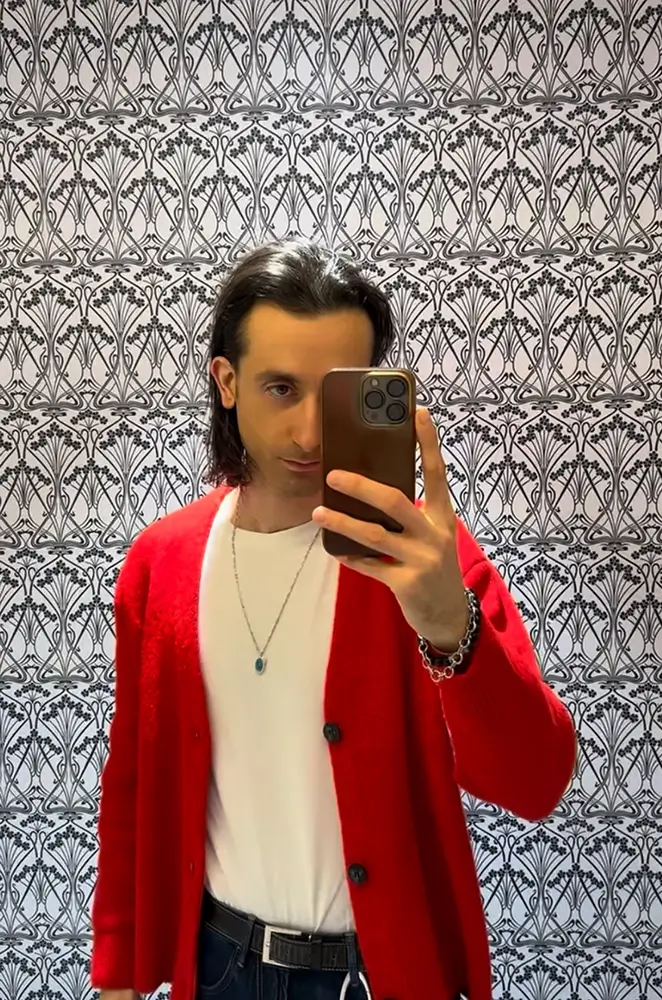Francesco Gioia is an artist working with photography and collage based in London, United Kingdom.
His approach is like an intimate dialogue, a wordless communion where images seem to breathe, revealing their surreal realities. His work draws from diverse influences, spanning avant-garde experiments, surrealistic expression, film, collage, and Bauhaus studies. This fusion of styles and techniques shapes a visual language that is both introspective and personal. A recipient of numerous international awards, his work has been published in The Guardian, The Washington Post, and other major publications.
He has exhibited across the UK, USA, Africa, and Europe and has published a monograph, 57, with Parallel Editions.
Selected Books on

